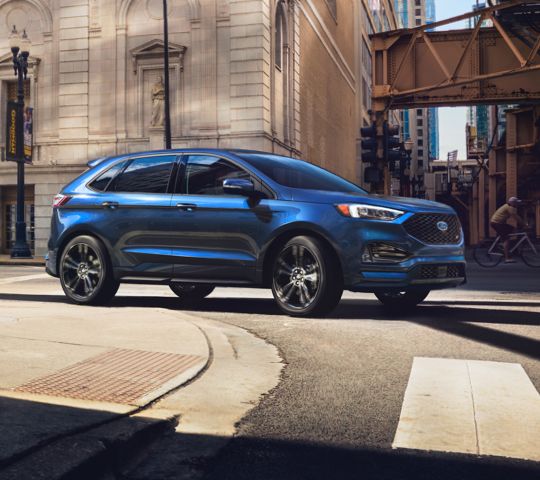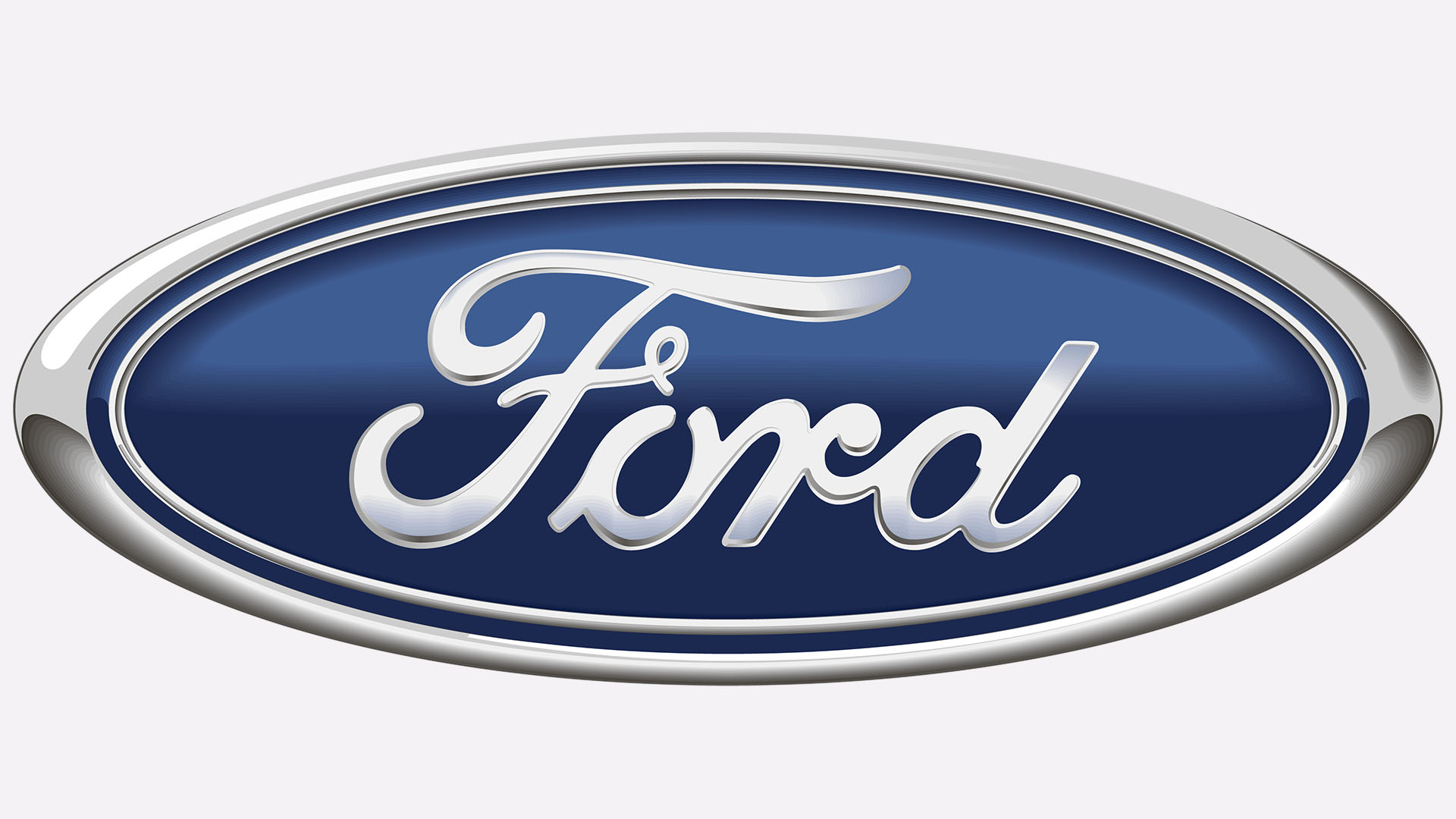Ford 8.8 Jeep TJ For Sale: Your Ultimate Guide to This Popular Axle Swap
Ford 8.8 Jeep TJ For Sale: Your Ultimate Guide to This Popular Axle Swap jeeps.truckstrend.com
The Jeep Wrangler TJ, produced from 1997 to 2006, is a legendary off-road vehicle known for its robust frame, coil spring suspension, and timeless design. However, even legends have their weak points. For many TJ owners, especially those running larger tires, the factory rear Dana 35 axle (and sometimes even the Dana 44) can be a significant limitation due to its perceived strength and common failure points. This is where the Ford 8.8 axle comes into play, offering a compelling upgrade that transforms the TJ’s off-road prowess.
When you see "Ford 8.8 Jeep TJ For Sale," it typically refers to one of two things: either a standalone Ford 8.8 axle specifically modified and prepared for installation in a Jeep TJ, or a complete Jeep TJ that has already undergone this popular axle swap. This article will delve into everything you need to know about this highly sought-after modification, whether you’re looking to buy the axle for a DIY project or purchase a TJ that already boasts this formidable upgrade.
Ford 8.8 Jeep TJ For Sale: Your Ultimate Guide to This Popular Axle Swap
Why the Ford 8.8 for Your Jeep TJ? The Unmatched Advantage
The Ford 8.8-inch rear axle, predominantly sourced from 1995-2001 Ford Explorer SUVs, has become the gold standard for TJ rear axle swaps, and for good reason. It offers a multitude of advantages over the stock Jeep axles:
- Superior Strength: The primary driver for the 8.8 swap is its robustness. Featuring 31-spline axle shafts (compared to the D35’s 27 splines and some D44’s 30 splines), larger diameter axle tubes, and a stronger ring and pinion gear, the 8.8 can reliably handle larger tires (35-37 inches) and more aggressive off-road abuse without fear of breakage.
- Disc Brakes Standard: Unlike many stock TJ axles which came with drum brakes, the Explorer 8.8 comes standard with powerful disc brakes. This significantly improves braking performance, especially beneficial when running larger tires, and makes maintenance much easier.
- Abundant Availability & Cost-Effectiveness: Explorers are common in junkyards, making the 8.8 axle relatively easy to find and acquire at a very reasonable price. Even with modification costs, it often presents a more economical and stronger solution than upgrading a Dana 44 or, heaven forbid, a Dana 35.
- Desirable Gearing & Limited-Slip Options: Many Explorer 8.8s come equipped with desirable gear ratios like 3.73 or 4.10, which are excellent starting points for TJs with moderate lift and tire sizes. Furthermore, a significant percentage of these axles came with a factory limited-slip differential (LSD), offering improved traction right out of the box.
- Close Bolt Pattern: The Ford 8.8 uses a 5×4.5-inch bolt pattern, which is the same as the Jeep TJ. While the hub bore requires slight enlargement, this compatibility means you can often retain your existing wheels.

What to Look For When Buying a Ford 8.8 for a TJ (or a TJ with one)
Whether you’re purchasing a bare axle or a complete Jeep, a thorough inspection is paramount.

For a Standalone Ford 8.8 Axle (Ready for Swap):
- Source Vehicle Year: Aim for 1995-2001 Ford Explorers. These models typically have the desired 31-spline shafts and disc brakes.
- Gear Ratio Verification: Confirm the gear ratio by checking the tag on the differential cover or by rotating the input pinion and counting driveshaft rotations per tire rotation. Ensure it matches your front axle’s ratio if you plan to keep it, or factor in the cost of re-gearing both axles. Common desirable ratios are 3.73 and 4.10.
- Locker/LSD Type & Condition: If it’s advertised with a locker or LSD, confirm its type (factory LSD, aftermarket locker) and test its functionality if possible. Look for excessive play or clunking.
- Axle Tube Condition: Inspect for rust, pitting, or any signs of bending (often indicated by uneven tire wear or difficulty in setting alignment if already installed).
- Fluid Leaks: Check around the pinion seal, differential cover, and axle seals for any signs of fluid leaks.
- Bearing Play: Grab the outer ends of the axle shafts and try to wiggle them up and down or in and out. Excessive play could indicate worn wheel bearings.
- Brake Components: Assess the condition of the calipers, rotors, and pads. While these are replaceable, knowing their state helps in budgeting.
- Welding Quality (if pre-fabricated): If the axle comes with TJ-specific mounting brackets already welded on, meticulously inspect the weld quality. Look for clean, consistent beads, no porosity, and proper penetration. Bad welds can lead to catastrophic failure.
- Bracket Geometry: Ensure the brackets (control arm mounts, track bar mount, shock mounts, spring perches) are correctly positioned for proper pinion angle, suspension geometry, and shock travel on a TJ. This is critical for ride quality and preventing driveline vibrations.

For a Jeep TJ with a Ford 8.8 Axle Swap Already Completed:
In addition to the above axle-specific checks, also consider:
- Driveline Vibrations: Test drive the Jeep at various speeds. Listen for humming, clunking, or vibrations, especially under acceleration or deceleration. This could indicate an incorrect pinion angle, worn U-joints, or an unbalanced driveshaft.
- Braking Performance: Test the brakes thoroughly. Do they feel firm? Is there any pulling to one side? Do the rear discs engage properly?
- Suspension & Steering: Pay attention to how the Jeep handles. Does it track straight? Is the steering loose? Improperly mounted control arms or a poorly located track bar can negatively impact handling.
- Speedometer Accuracy: The Ford 8.8 doesn’t have a tone ring for the TJ’s speedometer, so the previous owner should have installed a reluctor ring on the transfer case output or used an aftermarket speed calibrator. Verify speedometer accuracy with a GPS.
- Parking Brake Functionality: Ensure the parking brake system (adapting the Ford cables to the TJ’s system) works correctly.
- Overall Build Quality: Examine the entire undercarriage for clean wiring, properly routed brake lines, and attention to detail in the swap. A sloppy swap can indicate underlying issues.
The Ford 8.8 Swap: Key Considerations & Challenges
While incredibly beneficial, the Ford 8.8 swap is not a direct bolt-in. It requires significant fabrication and attention to detail.
- Mounting Brackets: This is the most crucial aspect. The Ford 8.8 axle tubes are larger than the TJ’s, so stock TJ brackets won’t fit. Aftermarket bracket kits (e.g., from Artec Industries, Barnes 4WD, Iron Rock Off Road) are available, or custom fabrication is required. These include spring perches, upper and lower control arm mounts, track bar mount, and shock mounts.
- Pinion Angle: Setting the correct pinion angle is critical to prevent driveline vibrations. This depends on your lift height and driveshaft type (CV vs. standard). Often, a slip yoke eliminator (SYE) kit and a CV driveshaft are recommended with the 8.8 swap.
- Driveshaft Modifications: The Ford 8.8 pinion yoke is different from the TJ’s, requiring a conversion U-joint or a new driveshaft altogether.
- Brake Line Adaptation: The Ford brake lines will need to be adapted to the TJ’s master cylinder and proportioning valve. This often involves using adapters or custom lines.
- Parking Brake Cable: Adapting the Ford Explorer parking brake cables to the TJ’s lever system can be tricky but is achievable with specific kits or custom fabrication.
- Wheel Bolt Pattern & Hub Bore: While both are 5×4.5, the Explorer 8.8 hub bore is slightly smaller than the TJ’s. This means you’ll need to slightly enlarge your TJ wheels’ center bore, use wheel spacers with a larger bore, or swap to custom axle shafts with the correct TJ hub size. Re-drilling the axle flanges to a different pattern (e.g., 5×5.5 for larger wheels) is also an option for dedicated builders.
- Shock Mounts: The shock mounts on the 8.8 are typically located differently than on a TJ. They will need to be relocated or new mounts welded on to ensure proper shock travel and clearance.
- Track Bar Mount: A sturdy, properly positioned track bar mount is essential for lateral stability, especially with a lifted TJ.
- Vent Tube: Don’t forget to extend the axle vent tube higher into the engine bay or frame rail to prevent water intrusion during water crossings.
Types of Ford 8.8 Axles "For Sale" for TJs
Understanding the different stages of Ford 8.8 axles available helps you determine the best fit for your budget and mechanical skill level.
- Raw Junkyard Pull: This is the most basic and cheapest option. You get the complete axle as it came out of the Explorer. Expect to clean it thoroughly, replace seals and bearings, and then perform all necessary fabrication for the TJ swap. This is for the DIY enthusiast with welding and fabrication skills.
- Bare Axle with Welded Brackets: Many fabricators or specialized shops sell 8.8 axles with the TJ-specific mounting brackets already professionally welded on. This saves significant fabrication time and ensures proper geometry. You’ll still need to inspect the welds and potentially add your preferred gears, locker, and brake components.
- Complete Swapped Axle (Bolt-In Ready): This is the most convenient and most expensive option. These axles have been fully rebuilt, often re-geared to popular TJ ratios (e.g., 4.56, 4.88), equipped with aftermarket lockers, and have all TJ mounting brackets professionally welded. They are typically sandblasted, painted, and ready to bolt into your TJ with minimal additional work (driveshaft, brake lines).
- Jeep TJ with 8.8 Swap Already Completed: If you’re not interested in the swap process, buying a TJ that already has the 8.8 installed is a great option. These vehicles are usually built for serious off-roading. Inspect the quality of the swap thoroughly as described above.
Practical Advice & Actionable Insights
- Assess Your Skills: Be honest about your mechanical and fabrication abilities. A full 8.8 swap requires welding, precise measurements, and a good understanding of suspension geometry. If you’re not comfortable, budget for professional installation.
- Budget Beyond the Axle: The initial cost of the 8.8 axle is just one piece of the puzzle. Factor in:
- Bracket kit
- New gears (if matching front or changing ratio)
- Locker/LSD (if not already present or upgrading)
- Installation kit for gears/locker
- New axle seals, bearings, and brake components
- Driveshaft modifications or a new driveshaft
- Brake line adapters/custom lines
- Parking brake cable adapters
- Fluids
- Labor costs if paying a shop
- Research Thoroughly: Join Jeep forums, watch YouTube tutorials, and read build threads. Learn from others’ experiences and common pitfalls.
- Don’t Skimp on Parts: Quality components for brackets, U-joints, and brake lines are crucial for safety and longevity.
- Set Realistic Expectations: The swap takes time, effort, and potentially unexpected challenges. Be prepared for troubleshooting.
- Verify Everything: If buying a completed swap, get receipts for parts and labor if possible. Talk to the previous owner about the build process and any quirks.
Estimated Ford 8.8 Jeep TJ Axle Pricing
The cost of a Ford 8.8 for your Jeep TJ can vary significantly based on its condition, whether it includes specific modifications, and the seller. The table below provides a general range for different types of "Ford 8.8 Jeep TJ For Sale" scenarios.
| Item Description | Condition/Features | Estimated Price Range (USD) | Notes |
|---|---|---|---|
| Raw Junkyard Ford 8.8 Axle | Used, as-is, from a 1995-2001 Explorer | $150 – $400 | Requires full rebuild, cleaning, and all swap fabrication. |
| Ford 8.8 Axle with TJ Brackets Welded | Cleaned, potentially new seals/bearings, professionally welded brackets | $700 – $1,500 | Saves significant fabrication time; still needs gears/locker/brake components. |
| Complete Bolt-In Ford 8.8 Axle for TJ | Rebuilt, new seals/bearings, re-geared, locker installed, painted, all brackets welded | $1,800 – $3,500 | Ready to install; highest convenience, includes expensive components. |
| Used Jeep TJ with Ford 8.8 Swap | Varies widely based on overall vehicle condition, other mods, and build quality | $8,000 – $20,000+ | Price reflects the value of the entire vehicle and quality of the swap. |
Prices are estimates and can fluctuate based on market demand, location, seller, and specific included components (e.g., brand of locker, new vs. used gears).
Frequently Asked Questions (FAQ)
Q1: Is the Ford 8.8 a direct bolt-in for a Jeep TJ?
A: No, absolutely not. The Ford 8.8 requires significant fabrication, including welding on new spring perches, control arm mounts, shock mounts, and a track bar mount specific to the TJ. It also needs driveshaft modifications and brake line adaptations.
Q2: What year Ford Explorer 8.8 axle is best for a TJ swap?
A: The 1995-2001 Ford Explorer 8.8 axle is generally considered the best. These typically have 31-spline axle shafts and disc brakes as standard, making them ideal for the swap.
Q3: Do I need to change my front axle if I swap in a Ford 8.8?
A: You don’t necessarily need to change your front axle, but you must re-gear it to match the gear ratio of your new Ford 8.8 rear axle. Running different gear ratios will damage your drivetrain when engaging 4WD.
Q4: Will my stock TJ wheels fit on a Ford 8.8 axle?
A: Yes, they share the same 5×4.5-inch bolt pattern. However, the Ford 8.8’s hub bore is slightly smaller, meaning you will need to have your TJ wheels’ center bore slightly enlarged by a machine shop or use wheel spacers with a larger bore. Alternatively, you can install custom axle shafts with the correct TJ hub size.
Q5: How much does a full Ford 8.8 swap typically cost if done professionally?
A: If you purchase a bare axle and pay a shop to do the complete swap (including parts like brackets, gears, locker, driveshaft, etc., and labor), it can range from $2,500 to $5,000+, depending on the shop’s rates, the quality of components chosen, and any unexpected issues.
Q6: Is the Ford 8.8 swap worth the effort and cost?
A: For most Jeep TJ owners who plan on running 33-inch tires or larger, or who engage in moderate to aggressive off-roading, the Ford 8.8 swap is overwhelmingly considered one of the best and most worthwhile upgrades. It provides significant strength, improved braking, and excellent aftermarket support at a relatively affordable price point compared to other heavy-duty axle options.
Conclusion
The "Ford 8.8 Jeep TJ For Sale" market represents a fantastic opportunity for TJ owners looking to significantly upgrade their vehicle’s durability and off-road capability. Whether you’re a seasoned fabricator ready to tackle a bare axle or prefer the convenience of a pre-built unit or even a fully swapped TJ, the Ford 8.8 offers a robust, cost-effective solution to the common weakness of the factory rear axle. By understanding what to look for, the challenges involved, and the various options available, you can confidently navigate the market and make an informed decision that will undoubtedly enhance your Jeep TJ’s performance for years to come.




